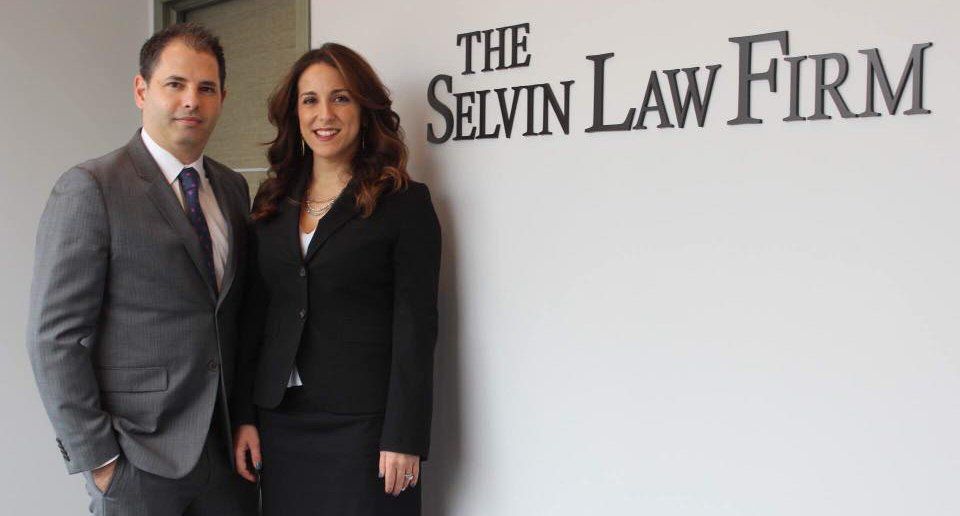Para Espanol
Common Causes of Medical Malpractice
It is not as tough as some individuals may believe it is to avoid making frequent mistakes in medical care. Additionally, avoiding liability for medical negligence lawsuits is not completely impossible. Errors in patient safety protocol and errors that occur during communications between staff members are the cause of a significant number of claims that are filed each year against healthcare professionals. These errors, which may be easy to avoid, are the reason for the large number of claims that are filed. The good news is that a significant number of mistakes in medical care may be avoided by employing patient safety procedures that are both superior and more consistent. This article takes a look at some of the most prevalent reasons for medical negligence, each of which has the potential to cause significant injury to patients and, as a consequence, expensive legal action.
Inadequate Communication
One of the most prevalent causes of medical malpractice that can result in significant injuries or even fatalities is a breakdown in communication between members of the medical team. Accurate communication between the various medical providers is required in order to provide proper treatment. It has been shown that a failure in communication amongst staff members is directly responsible for thirty percent of all incidents of medical misconduct. The following are some of the most often encountered forms of barriers to communication:
- Miscommunication or the inability to explain all the relevant data regarding a patient's health can have serious consequences.
- Documentation detailing clinical findings, drug regimens, or a patient's vitals that is either incorrect, does not contain enough information, or is obtained after the point at which it was necessary.
- Insufficient reading or examination of a patient's medical records, perhaps missing critical information regarding that patient's health.
Treatment That Is Delayed
It is not rare for cases of medical malpractice to arise when a patient is not provided with timely care by qualified medical personnel. It is necessary for there to be an element of medical carelessness present for there to be malpractice. It is important to keep in mind that the majority of lawsuits alleging medical malpractice hinge on the question of whether or not the actions of the healthcare provider met or fell below the medical standard of care. This standard refers to the level of care that an average healthcare provider working in the same practice area would provide. A patient is also required to demonstrate that they suffered quantifiable injury as a result of medical malpractice. For instance, if a medical professional is unable to intubate a patient in a timely manner, the patient may end up passing away from their condition. In these circumstances, the damage would be the death of the patient; but, it would be essential to demonstrate that the delay in intubation fell below the level of medical treatment that is generally recognized as being acceptable.
Failing to Utilize Medication Reconciliation
The process of medication reconciliation is fraught with difficulty and puts the well-being of a great number of patients at jeopardy. Inaccurately recording a patient's previous medication use can result in incorrect information being carried through into subsequent stages of therapy, which in turn can result in potentially hazardous drug mistakes. In order to prevent issues of this nature from occurring, it is imperative that the patient medication lists be checked and assessed during the treatment process. Not only are pharmaceuticals often forgotten to be listed on paperwork, but occasionally medical personnel forget to note that a newly given medication will have a negative interaction with other medications that are already being used by the patient. To solve medical reconciliation concerns, experts in the medical field should implement a number of measures, including the following:
- It is recommended to delegate the management of medication reconciliation to either a registered nurse or a pharmacist.
- Keep the duties of rooming and medication reconciliation separate.
- Make sure patients understand how critical it is to have an up-to-date medication list.
Patient Falls
According to the data, almost one million individuals are injured in falls that occur in healthcare settings each year. Injuries result from around one-third of the falls that take place. The determination of which patients are at risk of falling and the implementation of measures to decrease the likelihood of falls are the responsibilities of the experts who work in the medical field. Many risk factors can increase the likelihood of someone falling in a medical setting. The following are some of the risk factors that are associated with an increased likelihood of falling:
- When patients are prescribed many drugs, and the interaction of those medications results in side effects that make it difficult for the patient to keep their equilibrium, this condition is referred to as polypharmacy. The patient ends up falling as a direct result of this.
- When a medical practitioner fails to detect signs in a patient that signal the patient is suffering from a stroke or another illness that might lead to the patient falling, this is known as medical provider error.
Wrong-Site Surgery
When medical practitioners make the mistake of performing surgery on the incorrect portion of a patient's body, not only does this cause injury to another part of the patient's body, but it also causes the region of the patient's body that most urgently need medical treatment to go untreated. The injuries that result from operating on the incorrect location are almost always severe and may even be permanent. When a medical professional performs surgery on the wrong section of a patient's body, this is referred to as wrong-site surgery. However, wrong-site surgery can also entail operating on the wrong organ or the wrong limb. If anything like this happens, there are many different kinds of medical professionals who may be held accountable for it. Although it is possible for a physician to be at blame for the error, this is not always the case. It's possible that the procedure was performed at the wrong location due to an error made by a hospital or other medical establishment. For instance, the hospital may have ineffective rules in place, which may have contributed to a breakdown in communication over the sort of operation that the patient required. In addition, an erroneous diagnosis might result in a surgery being conducted on the incorrect area of a patient's body.
Maintain Objects in Your Possession During Surgery
A retained item is a foreign body that is still present within the body of a patient following a surgical treatment or another type of medical procedure. Clamps, gauze, needles, and sponges are some of the most typical examples of the kinds of medical equipment that are accidentally left inside of patients. Sometimes, the medical team recognizes this inaccuracy immediately after a medical treatment, while other times, it takes months or even years before the error is discovered. Patients who have things retained in their bodies run the risk of developing major problems, such as chronic discomfort and infections. Certain circumstances, more so than others, enhance the probability that foreign items may be left inside of a patient's body. These circumstances include people with body mass index, emergency operations, higher blood loss during surgery, and surgeries that entail unanticipated alterations.
Improper Discharge Handling
Patients who are being discharged from the hospital are required to be informed of their diagnosis as well as the type of treatment that is suggested for them to get at home. Medical professionals who are discharging patients have a responsibility to coordinate their efforts with the patient's primary care physician to ensure that test findings are followed up on in the appropriate manner and communicated to the patient.
Get in Touch with an Experienced Lawyer Specializing in Medical Malpractice
When victims of medical negligence have an adverse outcome, they are frequently left feeling powerless and unsure of what steps they may take to hold the guilty parties accountable for their actions. Get in touch with the Selvin Law Firm as soon as possible to organize a free examination of your case.
Give us a call today:
Leave a Comment

The Selvin Law Firm, PLLC
We bring each client a combination of deep industry knowledge and expert perspectives from other industries on the challenge at stake.
Categories
• Medical Malpractice
• Car and truck accidents
• Slips trips and falls
• Dog Bites
• Pedestrian Accidents
• Construction Accidents
• Premises Liability
• Nursing Home Negligence
Recent Posts


Newsletter
Newsletter Subscription
We will get back to you as soon as possible.
Please try again later.
QUICK LINKS
GET IN TOUCH
Seaford: 3956 Merrick Road Seaford, NY 11783
Garden City: 1225 Franklin Ave #325, Garden City, NY 11530
Queens: 105-03 Jamaica Ave, Jamaica, NY 11418
516-992-0805
516-678-3090



